
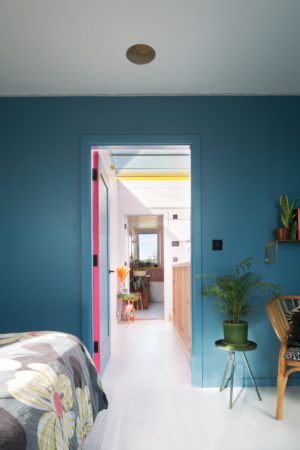
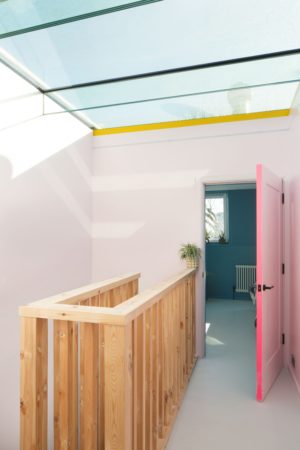
A second storey extension on an historic apartment building in London is the perfect study in pre-fab sustainability and style.
Site access and sympathetic design were just two of the parameters that had to be considered in the construction of an upper floor of a London City House.
Architect Matthew Anderson of Arkitekt MNAL, Steinlia AS, based in Oslo, Norway, was commissioned for the project. He devised a two-pod concept fully-engineered in DuFLEX ® Composite panels, supplied by vdL, Germany, ATL Composites’ European partner.
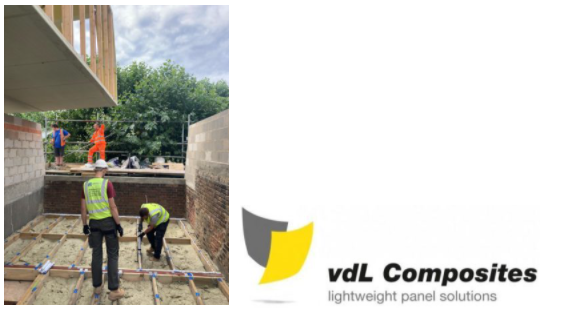
“The project is located in a complex historic situation in central London and involved the addition of a new storey to an existing private terrace house,” Mr Anderson explained. “Site access and speed of construction, as well as the irregular geometry of the existing house, required prefabrication with a high degree of precision.
“We used DuFLEX for the main structure of the extension, including external walls, roof, and floor. The DuFLEX panels also provide the finished internal surfaces of these elements.”
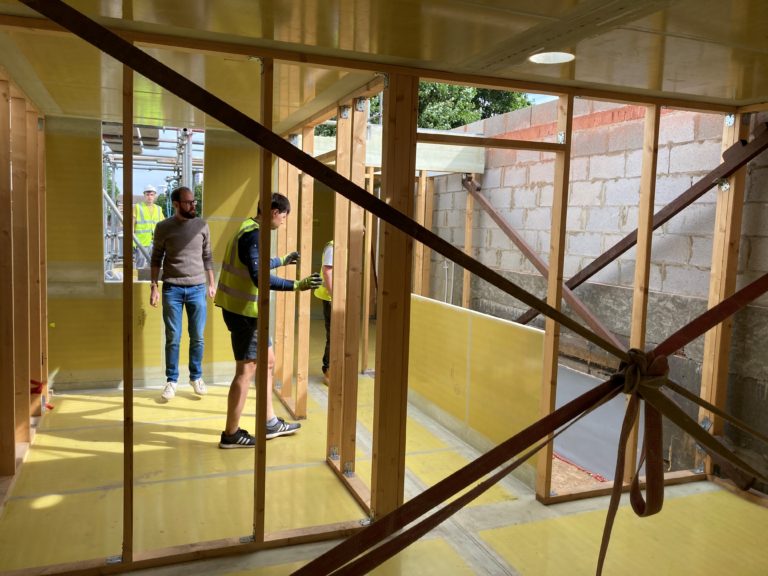
The addition needed to be lightweight due to crane restrictions in London. The panels are both structural and offer appropriate insulation. Sidewalls and roof were 70mm thick, while floors were 40mm thick and laminated with a 600grm biaxial E-Fibreglass skin and a high performance ATL epoxy and cored with PET Foam.
PET is a recyclable core which has excellent smoke and toxicity properties, good mechanical performance, is chemically stable and will not absorb water and consequently, there is a growing interest in the product for architectural and construction applications.
DuFLEX Composite panels offer a range of benefits, including structural stiffness and light weight. In fact, they represent a 90 percent weight saving over a comparable steel design, meaning ease of handling and reduced risk of worker injury. They are durable, will not rust, rot or corrode even in a marine environment and is very low maintenance.
DuFLEX provides excellent thermal insulation with vastly improved properties compared to steel, and the panels significantly reduce the size and weight demands on support structures and foundation. This translates to a reduced cost for installation and handling.
With applications as diverse as building facades and door, gates and window frames to long-span roofing, composite decks, bridges and pre-fabricated housing DuFLEX can be engineered into architectural projects to meet design loadings and regulatory requirements.
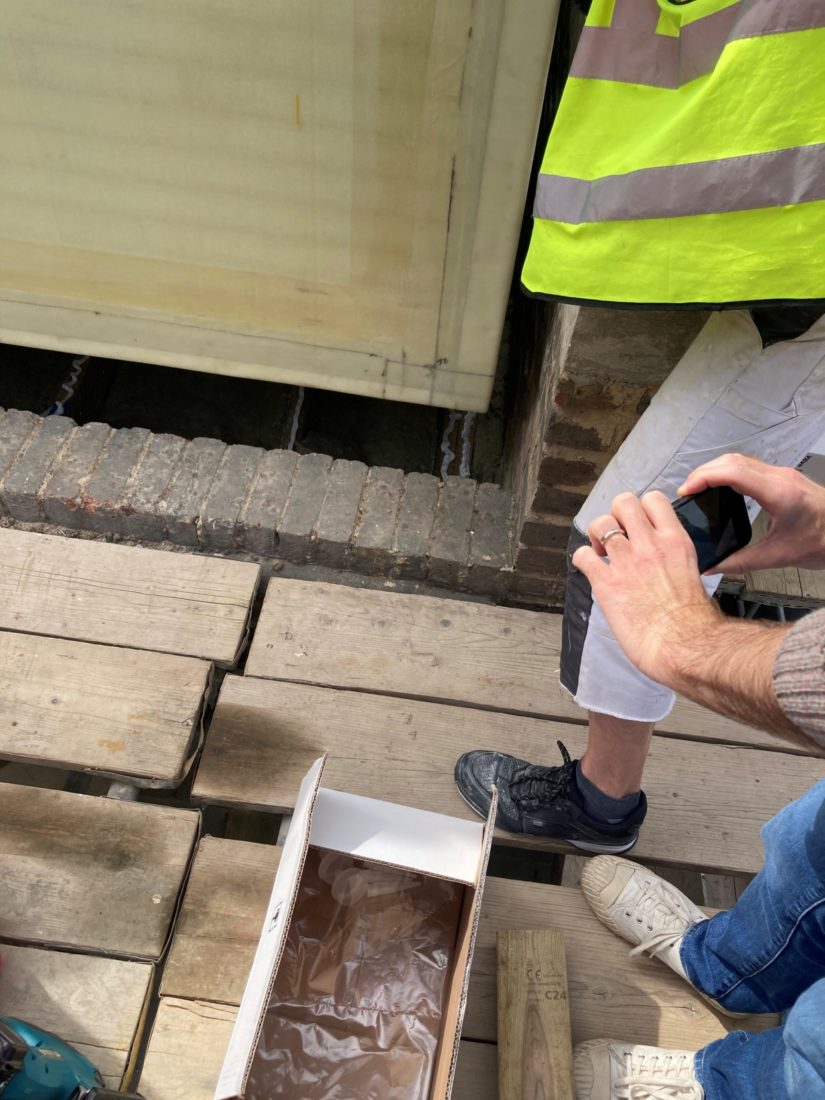
Complex forms can be created relatively easily, and made-to-measure units can be manufactured to be adapted to existing structures, broadening design freedom and offering rapid processing and construction which helps to lower costs significantly.
The sections for the London House “pods” were built and CNC routed at vdL Composites GmbH in Wesel, Germany, then glued together and packed at Bootswerft Baumgart, Dortmund. They were transported by Glogau International Yachttransporte to the London site.
The project got underway in September 2019 and was completed in July 2020 after a two–month delay due to COVID19 restrictions.
According to architect, Matthew Anderson, who travelled to the site to witness the pods’ installation, “they were a very good fit” and the process went perfectly to plan in just two hours.
“We chose DuFLEX due to its high specific strength (strength/weight ratio), insulating properties, aesthetic qualities, and flexible application.
“We are satisfied with both the speed and precision of constructing with DuFLEX, the structural performance of DuFLEX, and the beautiful rooms that we created together.
https://www.duflex.com.au/markets/architectural/
Image credits:
Architect, Matthew Anderson, Arkitekt MNAL, Steinlia AS.
Agnese Sanvito, http://www.agnesesanvito.com/
Videos of Installation are Available on Request.
